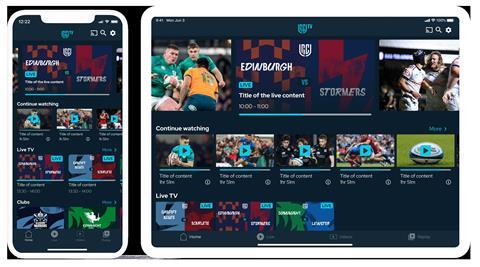Josh Harrington at Simplestream discusses how to stop developers getting a bit carried away and over-engineering things for the sake of it

Sport is the last bastion of appointment television, still holding a crucial position in linear schedules.
Associated with the notion of appointment TV is the fact that watching used to always be a lean-back experience where decision fatigue was non-existent. When people are trying to watch sport, it’s crucial content and service providers consider the fundamentals of enjoyment: watching the footage on the biggest screen and in the best quality possible. And don’t forget the core things fans want, which is to watch our team/individual live without any technological distraction or interruption.
When I’m watching a football match on certain services, I’m questioning how much money they’ve wasted on building these features no one uses and why I’m paying for things I don’t want. These “match centres”, stats integrations, player cams etc. are, when it comes down to it, gimmicks. They are cool to talk about, especially by marketing departments, but they are very often features for features’ sake.
Developers love developing things and sometimes they get a bit carried away. I’ve worked a lot across sport and I’ve seen so much time and energy wasted creating features that aren’t actually used. People want to spend less time searching and clicking and more time watching. And if they do want access to additional content, then that’s ideal for second screen activity, not on a connected TV service.
One of the most important things for us as a vendor to do is to try and declutter some of this mess we’ve helped create; to simplify complexity. The fundamental reason this has happened is the way the streaming video ecosystem has developed. It started with websites, then it moved to mobile/tablet and now we’re seeing the continuing rise of connected TVs and services made for them.
Websites and mobiles are clearly interactive and encourage that. Many people have made the mistaken assumption that’s what fans want on connected TVs, but it isn’t. We want to watch content on the biggest screen possible in the best quality possible.
The rise of FAST – in effect, a return to a form of linearity and ad-supported – is the reintroduction of a lean back experience. It’s a direct result of video consumption moving to the connected TV. Sport must take note.
Ultimately, the key to streaming sports successfully is having the core product deliver the core value for the best price possible for the consumer and not over-engineering things for the sake of it.

Josh Harrington is head of sales at Simplestream





No comments yet